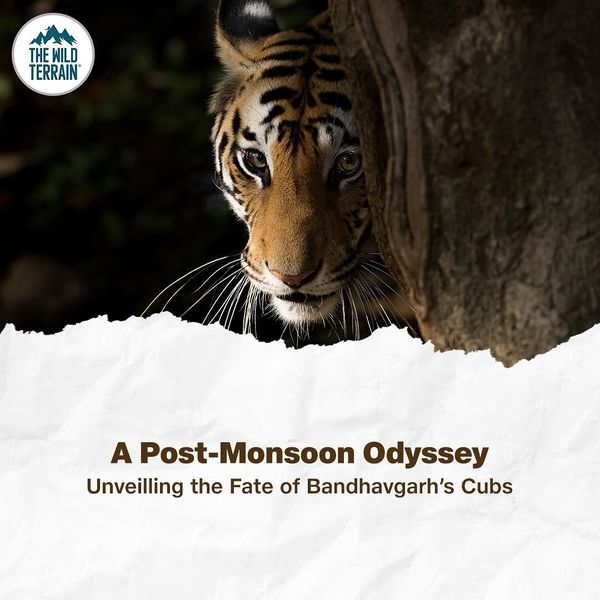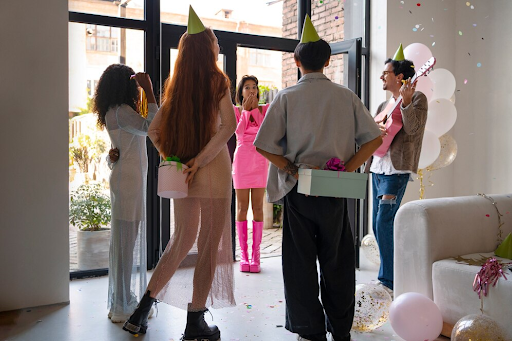Jawai Leopard Reserve: A Unique Wildlife Sanctuary in Rajasthan

The Jawai Reserve in Rajasthan is a one-of-a-kind wildlife sanctuary that offers a rare opportunity to observe leopards in an open, natural setting. Known for its rugged granite hills and serene Jawai River, this reserve is an extraordinary example of human-wildlife coexistence, where the local Rabari community lives harmoniously alongside the wild cats. Unlike many traditional reserves, Jawai is an open, unfenced landscape that enhances the thrill of spotting leopards and other wildlife in their natural habitat. Here’s everything you need to know about this captivating reserve.
Why Jawai is Special for Leopard Sightings
The Jawai Reserve is unique because of its high concentration of leopards, leading to a higher chance of sightings than most other reserves. This phenomenon is partly due to the fact that Jawai’s landscape lacks dense forest cover, which makes it easier to spot leopards moving across the rocky terrain. Local guides with extensive knowledge of leopard habits and movement patterns further enhance the safari experience.
The reserve’s leopard population is notable for its peaceful coexistence with the local Rabari tribe, who consider the leopards sacred and part of their spiritual beliefs. This harmonious relationship has contributed to the stability of the leopard population in Jawai, as the leopards do not view the Rabari people as a threat.
Other Wildlife in Jawai
While leopards are the main attraction, Jawai is home to a diverse range of wildlife:
– Bird Species: Jawai is a birdwatcher’s paradise, especially during the winter months when migratory birds like flamingos, pelicans, and cranes flock to the area.
– Crocodiles: The Jawai River is home to a healthy population of crocodiles, often seen basking on the riverbanks or partially submerged in the water.
– Hyenas and Foxes: The reserve also hosts hyenas, Indian foxes, and other smaller predators, adding to the region’s biodiversity.
– Various Herbivores: Blue bulls (nilgai), Indian gazelles (chinkara), and wild boars are commonly spotted, providing ample prey for leopards and enhancing the ecosystem’s balance.
Jawai Leopard Safari Experience
A Jawai leopard safari is an exciting experience, typically held at dawn or dusk when leopards are most active. The safari vehicles, usually open-top jeeps, take visitors across the rugged landscape with skilled guides who track leopard movements and locate the best spots for sightings.
Types of Safari Packages
– Day Safari: Ideal for travelers with limited time, the day safari typically lasts 2–3 hours and focuses on leopard sightings along with brief stops to observe other wildlife.
– Overnight Packages: These packages include accommodation, meals, and two safari drives, providing a more comprehensive experience with better chances for sightings.
– Luxury Safari: For a high-end experience, some camps offer private guides, luxury tents, and personalized safari experiences.
Best Time to Visit Jawai Leopard Reserve
The best time to visit the Jawai Leopard Reserve is between October and March when the weather is cooler and the chances of wildlife sightings are higher. The winter season also attracts a variety of migratory birds, making it an ideal time for bird enthusiasts.
Summers (April to June) can be very hot, with temperatures often exceeding 40°C. However, some wildlife enthusiasts prefer this season as the leopards are more likely to be seen near water sources, increasing sighting opportunities. The monsoon season (July to September) brings lush greenery to the landscape, but access to some areas may be restricted due to rainfall.
Accommodation Options Near Jawai Leopard Reserve
Jawai offers a range of accommodations, from budget-friendly lodges to luxurious tented camps. Here are a few popular options:
– Jawai Leopard Camp: This luxury camp offers private tents with modern amenities, gourmet meals, and exclusive safaris led by expert guides. It’s ideal for travelers looking for an upscale experience.
– Sujan Jawai: Known for its eco-friendly approach, Sujan Jawai combines comfort with sustainability, providing high-end facilities while respecting the natural environment.
– Local Homestays and Lodges: For a more affordable experience, there are various guesthouses and lodges run by locals that offer comfortable stays and access to safari tours.
The Rabari Community and Their Bond with Leopards
One of the most unique aspects of the Jawai Leopard Reserve is the Rabari community that resides in the area. These pastoral people have lived in Jawai for centuries, and their relationship with leopards is both peaceful and spiritual. The Rabaris believe the leopards are guardians of their land and cattle, and incidents of leopard attacks on humans or livestock are rare. This coexistence is a powerful testament to the community’s respect for wildlife and has helped sustain the leopard population in Jawai.
Tips for a Memorable Jawai Leopard Safari
To make the most of your Jawai safari, consider these tips:
- Book in Advance: Safaris are popular, especially during peak season, so it’s wise to book early.
- Hire a Knowledgeable Guide: Local guides have invaluable knowledge of leopard behavior and can increase your chances of sightings.
- Bring the Right Gear: Binoculars, cameras, and comfortable clothing are essential. Early mornings and late evenings can be chilly, so bring a light jacket.
- Stay Quiet and Patient: The leopards in Jawai are accustomed to human presence, but staying quiet and respectful increases your chances of seeing them.
Conclusion
The Jawai Leopard Reserve is an enchanting destination for wildlife enthusiasts, photographers, and anyone seeking a unique adventure in the Indian wilderness. From thrilling leopard sightings to birdwatching by the river, Jawai offers a range of experiences that highlight the beauty and biodiversity of Rajasthan. Whether you choose a day safari or a luxurious overnight stay, a visit to Jawai promises memories that will last a lifetime.









